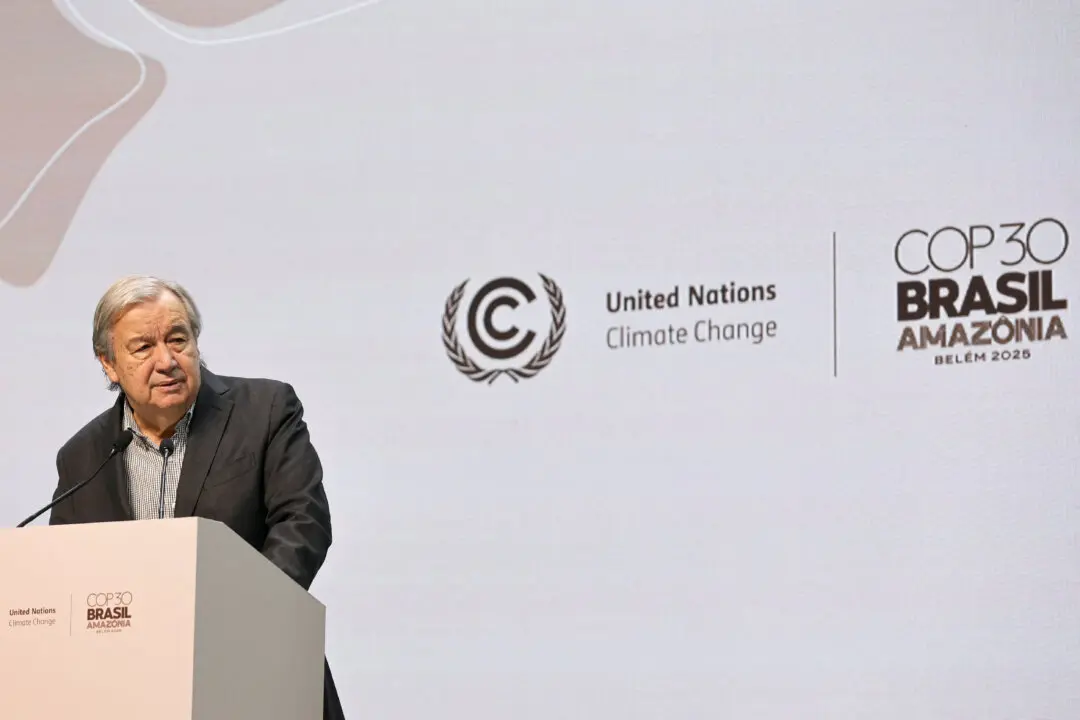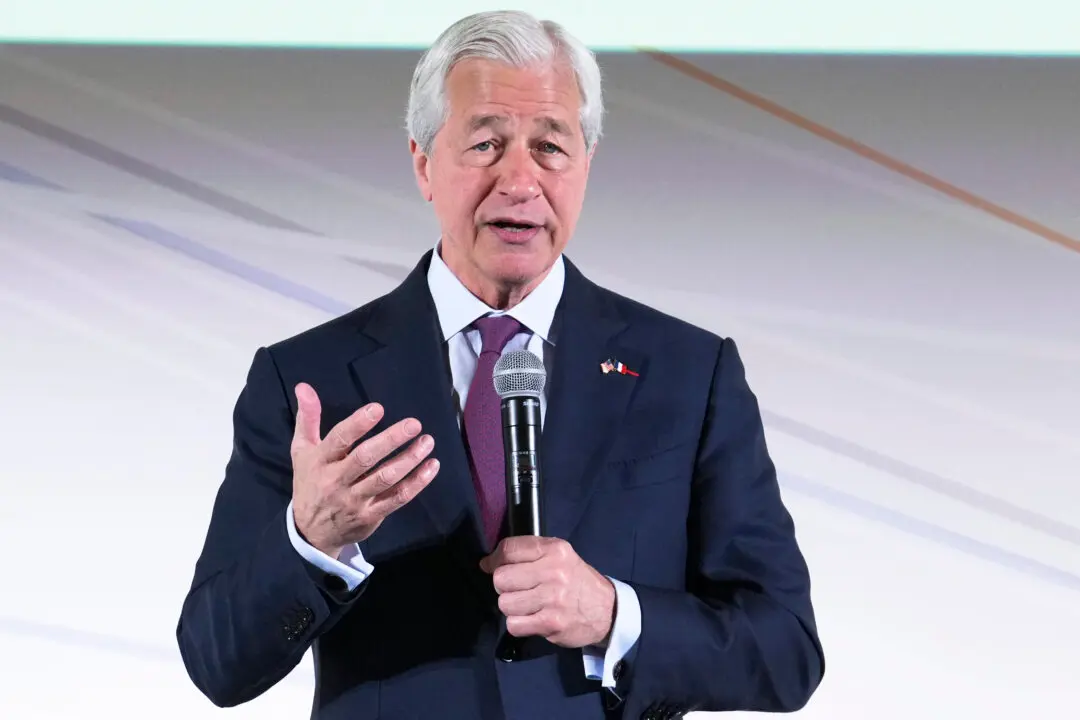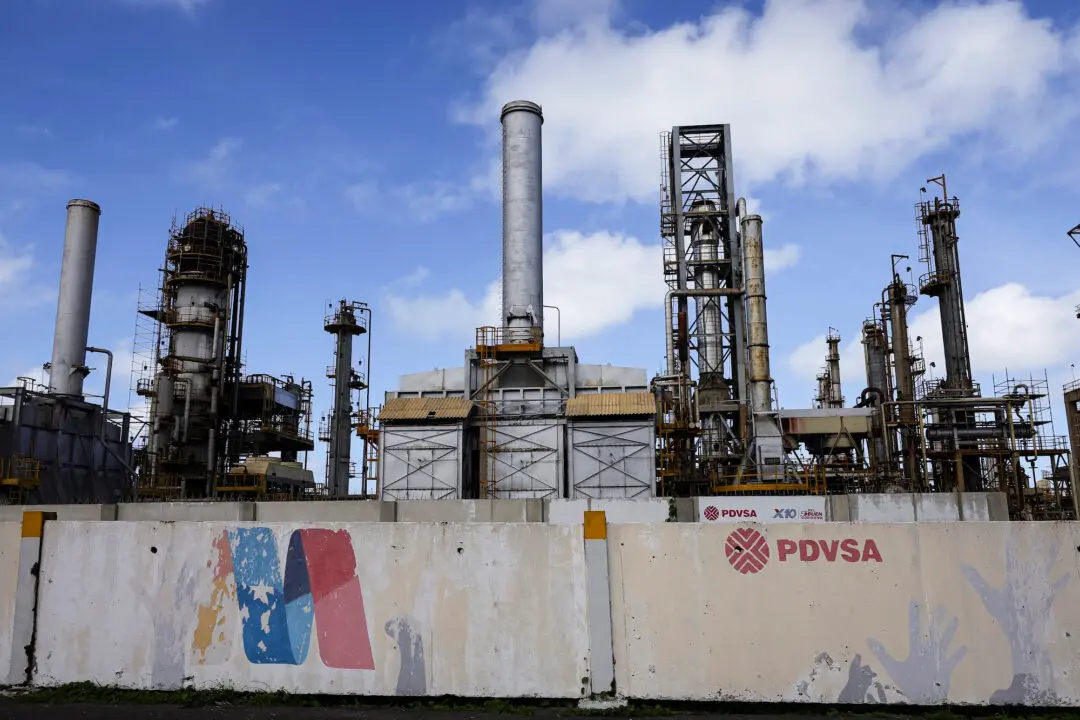With an eye toward the 2024 presidential election, the White House has launched a new public relations campaign that it calls “Bidenomics,” to define President Joe Biden’s economic agenda.
“I don’t know what ... that is, but it’s working,” Mr. Biden stated at a June 17 union rally in Philadelphia, begging the question, what is Bidenomics, and is it working?





